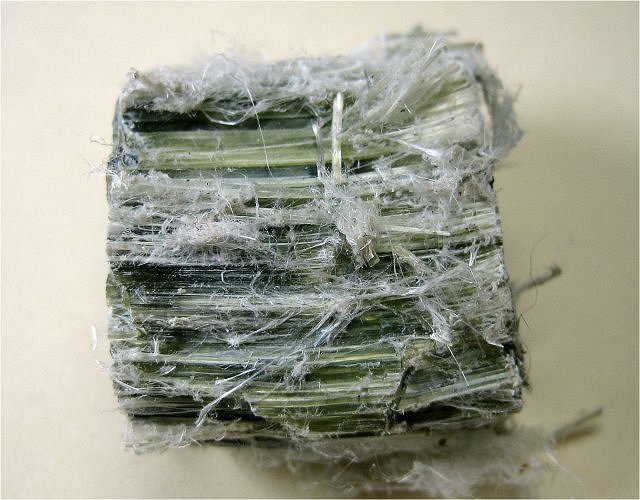Global Asbestos Facts
Posted on Monday, May 16th, 2016 at 1:50 pm
Global asbestos facts
This article looks at the global asbestos facts and reports relating to asbestos consumption, asbestos related diseases and general asbestos statistics.
- Asbestos is known as the human carcinogen which means it is a substance that is an agent directly involved in causing cancer. There is no safe level of asbestos exposure any level is deemed dangerous.
- 55 countries banned the use of asbestos, however the U. S. and Canada have not. According to USGS reports in 2012; the U. S. imported over 1,000 tons of asbestos.
- The World Health Organisation (WHO) estimates that over 107,000 people die annually from asbestos related

Global Asbestos Facts – Chrysotile Asbestos
diseases asbestosis and mesothelioma as a result of workplace exposure
- Chrysotile asbestos accounts for 95% of asbestos mined and exported. USGS reports in 2012 show the top four countries producing chrysotile were Russia, Brazil, Kazakhstan and China.
- Russia is the leading producer of asbestos worldwide, in 2014 alone Russia produced 1, 1 million metric tons. Second to Russia is China who produced 400,000 metric tons in 2014 followed by Brazil who produced 311,000 metric tons and followed by Kazakhstan.
- Asbestos fibers can be 700 times smaller than a human hair. The fibers are odorless, tasteless and indestructible. They can stay suspended in the air for seconds.
- The World Health Organisation (WHO) estimates that about 125 million people in the world are exposed to asbestos in the workplace
- The World Health Organisation (WHO) states that one in every three deaths related to workplace cancer is caused by asbestos.
- The World Health Organisation (WHO) states that it is estimated that several thousands of deaths can be attributed annually to asbestos exposure in the living environment.
- United States Geological Survey (USGS) reports in 2014 that asbestos use in the U. S. was 400 tons
- United States Geological Survey (USGS) reports in 2014 that the chloralkali industries accounted for an estimated 88% of U. S. consumption.
- Many products still have asbestos in them today, though they are mainly used for construction.